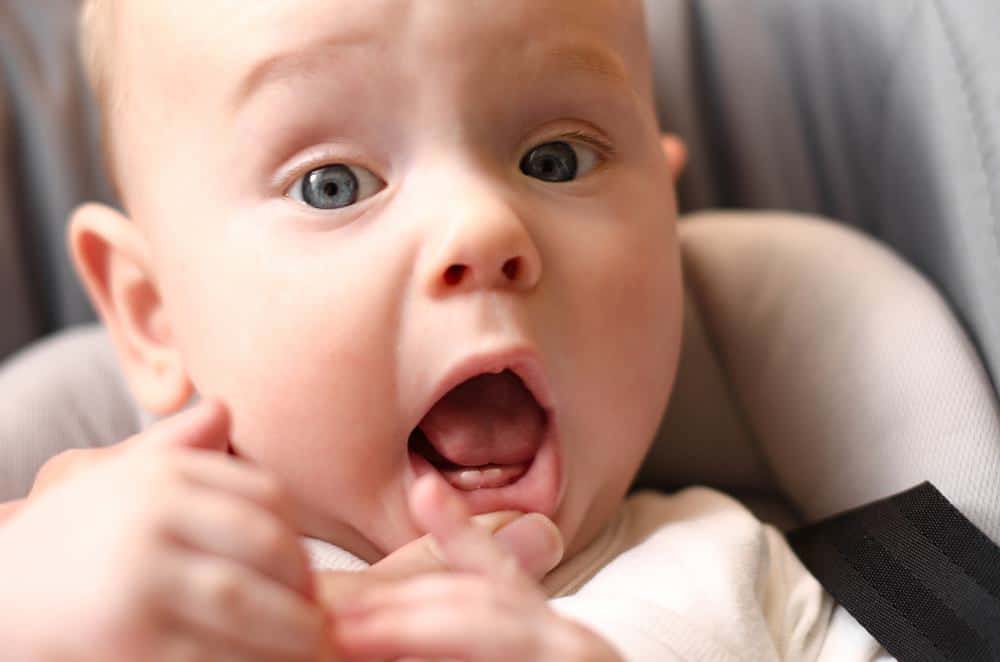When your bundle of joy is fretting or crying, you will do whatever possible to offer comfort and relief. Babies may not suffer from pains that adults suffer caused by wear and tear, but they do experience a wide range of other problems. Their pains are the result of teething, digestive problems, earache, etc. In most cases, such discomfort can be relieved using the soothing touch of reflexology and acupressure. Many mothers instinctively rub their children’s feet or hands when they are cranky, crying or uncomfortable. Reflexology points are found on the feet that correspond to organs, muscles, and bones in the body. Baby reflexology is different from that of adults, in the amount of pressure applied.
Six areas of the feet are used to deal with problems in the head or teeth area, sinuses, the pelvic area, the solar plexus, and the upper or lower abdomen. Babies are especially responsive to reflexology because the ligaments and muscles in the foot are still developing. By applying gentle pressure to the feet, blockages are released, restoring the flow of energy throughout the body. If your baby pulls its foot away from you as you work on it, it’s an indication that you may be using too much pressure or that you should stop and try again later. Don’t work for longer than 5-10 minutes, depending on what your baby will comfortably tolerate. Applying reflexology makes an excellent addition to any baby’s routine and can offer relief but should not be used as a substitute for medical advice and treatment.

Reflexology for common ailments
Teething
Seeing that first tooth in your baby’s mouth is cause for excitement, but teething can be very painful for a baby and often causes restlessness and crying because the gums are sore.
For teething, there are reflexology points on either side of the little toes. You can also gently work the joints at the sides of the big toe. You may feel a little grittiness, or the baby may pull the foot away at first. Put baby in a bouncer to make it easy to massage each toe tip with a circular motion.
